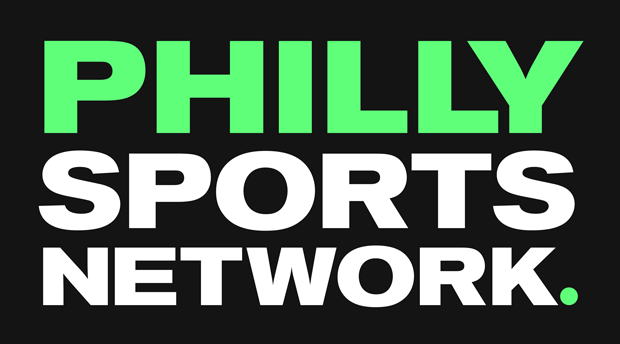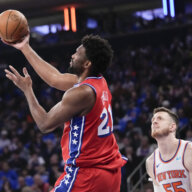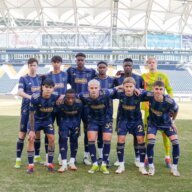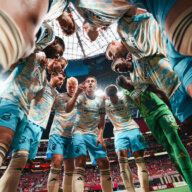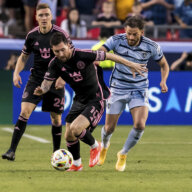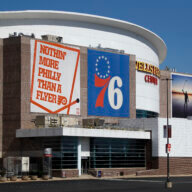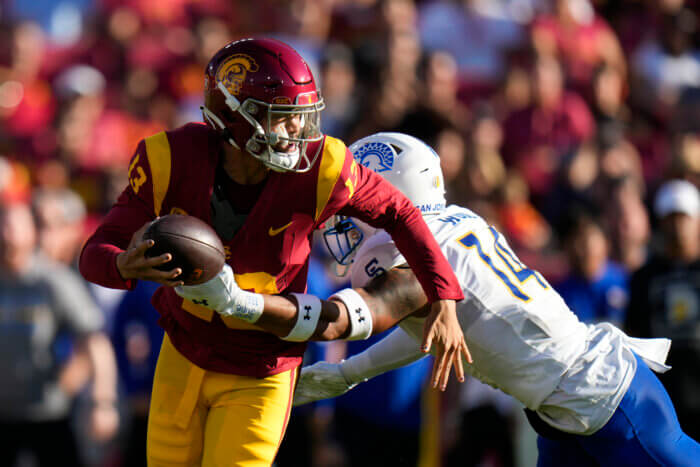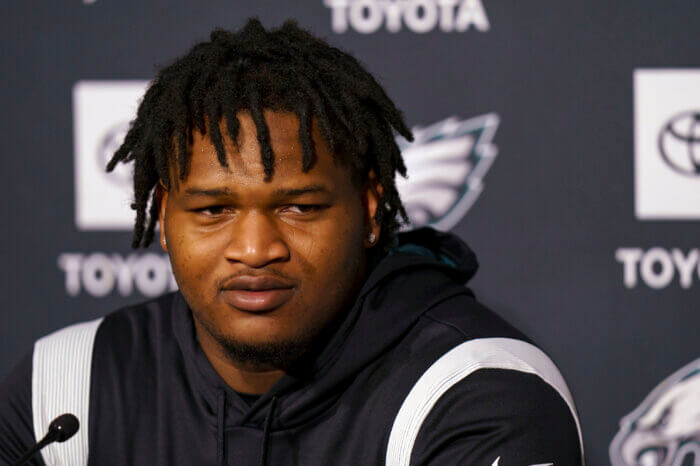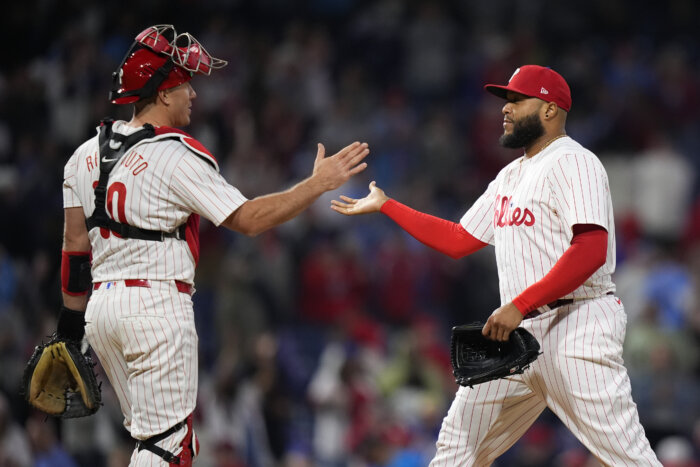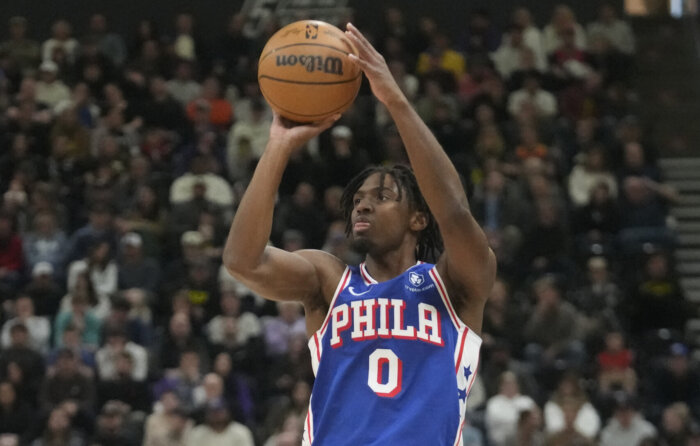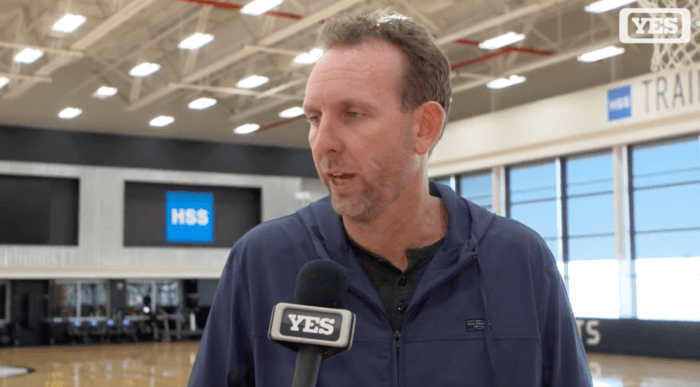Soccer in America is growing exponentially and has been for some time. There are teams popping up left, right, and center. There are more opportunities for those with the talent but without the means, and there is more coverage than ever before enticing kids to pick soccer over historically more appealing counterparts. Unfortunately, there are also issues with how this sport in this country.
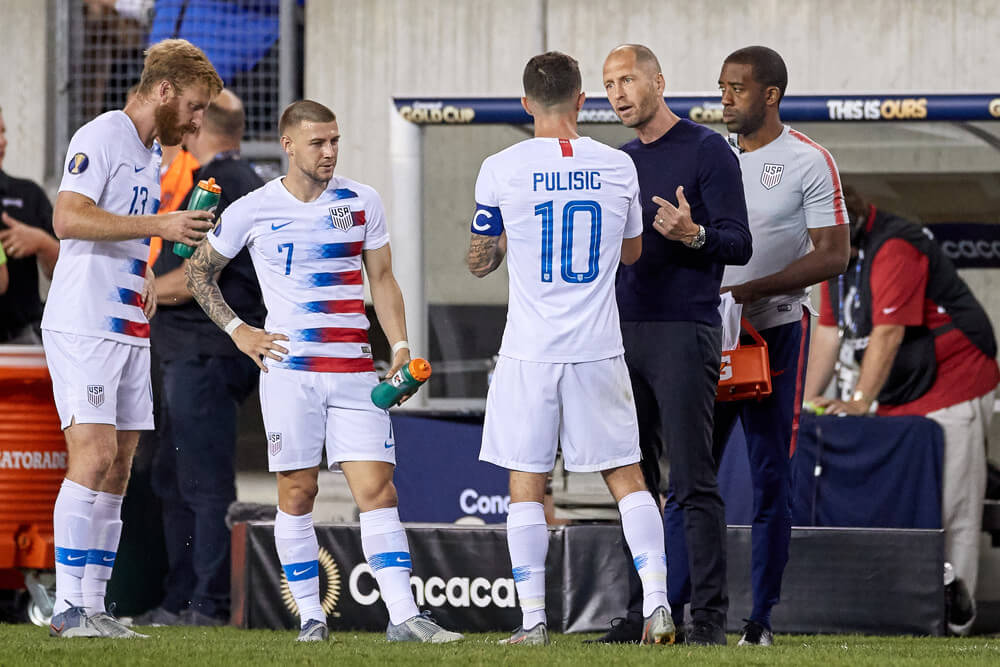
Soccer In America
While there are a lot of positives that can be seen with Soccer in America, there are some serious systemic issues with how the sport is run. They will need to be addressed if the MLS and the lower leagues ever want to be looked at in the same light as Europe’s top 5 (Premier League, Ligue 1, Bundesliga, La Liga, and Serie A).
The issues at hand
First, let’s dive into the issues at hand. To start we have the price it costs to play soccer here in the states. Most people who are not involved in the sport will say all you need is a ball, cleats, and shin guards and you’re good to go. While this old mantra is true to an extent, what we are talking about here is more so has to do with organized soccer. Whether it be at the in-house (recreational), travel, or the academy level, the prices may surprise you.
Before we get into some rough numbers, I would first like to tip my cap to what the MLS is doing with their academy system, opening so many doors to kids whose talent may have gone to waste otherwise. Within their DA (Development Academy), called MLS NEXT, there are 113 clubs which include 489 teams. Most teams within this system still require payment to play but, all but two of the MLS academies are free. This opens the door for many kids/families who may not have the financial capabilities to play for clubs around them to not only grow in the sport but in some cases academically as well.
From the research I’ve done and from personal experience, the price that pops up the most is $3,500 per year when talking about the travel and academy levels. It does not include hotel and travel costs when going to tournaments which are where college and sometimes pro scouting occurs. For in-house and rec leagues it usually costs $300-$500 a year where practices are scattered, and the coaching comes mainly from parents who may or may not know much about the sport. As you can imagine prices like these are not affordable to many families who would like to give their kids a proper playing experience.
Professional structure of soccer
The next concern has to do with the professional structure of soccer in the US. Broad strokes. The issue is the professional system as a whole and the ease of ability for players to be seen and potentially, depending on the talent of course, quickly move their way up the professional soccer ladder. US Soccer and American players have been making strides. However, by moving players and coaches overseas to gain experience in leagues that are seen as more competitive.
The problem is we should want our leagues, top to bottom, to be leagues other players go to because it is seen as one of those top leagues in the world. What do I mean by “leagues” plural? Well the soccer pyramid in the US is the same as most places being that it starts with amateur, then to semi-pro, then to various levels of pro ball.
The main reason for this problem is that these levels are disjointed. The USL has started its “PATH2PRO” program, which is a start, but it still alienates all those aspiring athletes who play in other leagues not affiliated like UPSL, NPSL, and the newest member of professional soccer, NISA. Why are these leagues alienated? It mainly has to do with scouting.
Limited scouting networks
Like I said prior the US National team is making strides in talent and development both with coaches and players. The issue, however, is that the scouting networks seem limited here in the states. Sure, you see the likes of Christian Pulisic and Weston McKennie staring for big teams overseas. But, what about all the players with their talent and work ethic who go unnoticed? These players don’t have the same connections as those two stars may have had.
It seems that despite all the talent strewn about these “unaffiliated” leagues the MLS and US soccer are content with sticking with the known variable. This is the MLS academy system and the USL pipeline. What this does is hurts the other leagues, as the top players will try their best to solely get into the USL system where spots are limited.
Why not expand the USL system to all the leagues? Embrace those leagues and give them the funding in order to improve the coaching and level of play nation-wide. NISA (National Independent Soccer Association) has formed their own “Pathway to Pro”, which in theory is great, but going back to the beginning of the article, there is no structure or standards that go throughout the leagues which again leads to a disjointed system.
What the Soccer in America should be
A perfect example of what the US should strive for is the English FA; the top four leagues in England. Which, in comparison to the US would be the MLS, USL Championship, USL League One, and USL League Two, are all apart of “Association Football”.
It would behoove the leagues here and the US National Team to adopt a similar system. This would create a structured path to pro for all aspiring soccer players in this country. Have set open tryout dates. Have a way to effectively get your game film to teams and coaches. Overall make the ladder from top to bottom more attainable to those with the talent to play.
As a former youth and collegiate player and current coach I am passionate about this game and only want the best for it. I know that Soccer in America is on the rise. It’s moving quickly which is amazing to see. However, there is still a long way to go before our leagues at home. Whether this is as one collective or not, there should be a place where every kid who has the potential to go pro has a path to get there.
Be sure to come back to Philly Sports Network for more Philadelphia Union and other soccer content!
Follow our Union team on Twitter:
Tim Lovenguth | Jeff Green | El Parcero Philly
Zach LoBasso | Justin Friedberg | Liam Jenkins
Doop on Union fans!
Mandatory Credit: Robin Alam/Icon Sportswire
